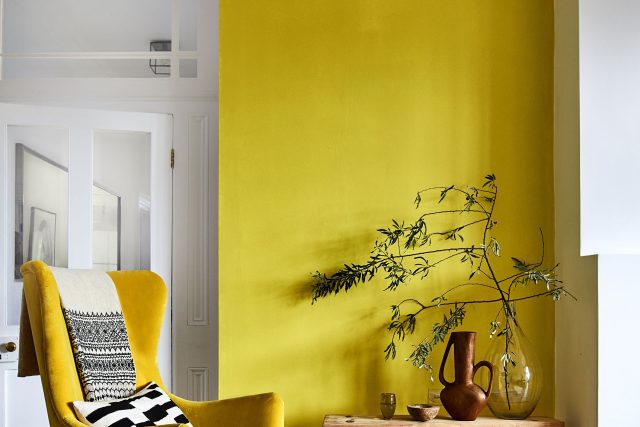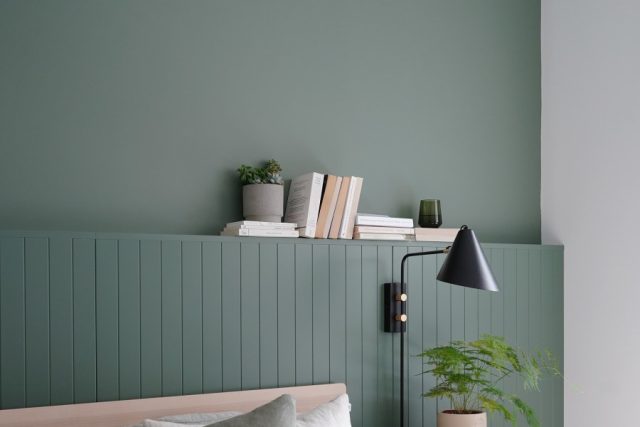The Origin and Evolution of Classic Ceilings
Classic ceilings have been a symbol of elegance since ancient times. The earliest instance of decorative ceilings can be found in ancient Egypt where hieroglyphs were painted on ceilings to perpetuate their history, beliefs and achievements. In the Greek and Roman times, decorative ceilings became increasingly elaborate with detailed sculptural reliefs, frescoes and intricate murals of gods, goddesses, and mythological creatures.
In the Middle Ages, the ornamentations on the ceilings of churches and castles were used to depict biblical stories or significant historical events. Gothic architecture was characterized by intricate geometric patterns and delicate traceries on the ceilings, and ornate plasterwork emerged during the Renaissance period with intricate coffered ceilings becoming the norm in the grand halls of palaces.
The Baroque era saw the introduction of lavish decorations, combining different materials such as stucco, marble, and gilding. The Rococo style, which developed in the late Baroque period, was marked by whimsical floral motifs, pastel colors, and elaborate ornamentation. The Art Nouveau movement of the 19th century favored curvilinear forms and asymmetrical designs that brought natural elements, including tendrils, vines, and flowers, to the ceiling.
The Classic Ceiling Today
Despite the evolution of the decorative ceiling over various periods, the classical style still stays relevant even today. In fact, it is regaining popularity with modern interior designers and architects who recognize its enduring elegance and ability to add a touch of grandeur to any space.
The classic ceiling is now created using modern construction and manufacturing techniques, in which an ornamental ceiling design can be cast into the ceiling itself by using new materials such as plastic, gypsum or foam.
One of the most popular styles of classic ceiling is the coffered ceiling, which is characterized by a series of recessed panels or coffers in the ceiling. This style is perfect for a grand entrance hall or a boardroom, adding depth and dimension to the ceiling while also offering a level of refinement and sophistication. Another popular style is the ornate plasterwork that is designed to look like the intricate stucco decorations of the past but can be molded with precision today due to technological advancements.
Designing a Classic Ceiling
The key to designing a beautiful classic ceiling is to understand the space in which it will be situated. The design should complement and enhance the room while also providing a sense of scale and balance. When choosing the style of the ceiling, consider the architecture of the room, the furniture, and the lighting.
The color scheme of the ceiling should also be in harmony with the overall palette of the room. Soft pastel colors like cream, beige, and pale yellow can lend a touch of elegance to a room, creating an atmosphere of relaxation and warmth. Rich and bolder colors like deep red and gold provide a more luxurious look, perfect for a dining room or a ballroom.
Whether it’s through elegant stuccos, intricate plasterwork or finely crafted molding, a classic ceiling can instill a sense of timeless luxury in any space. Its beauty and versatility, combined with its rich history, make it an exquisite addition to any interior design project.



Hottest Posts
Floor lamp / Lighting
Introducing the New Chinese Rattan Floor Lamp: A Stylish Addition to Your Home
Table lamp / Lighting
Timeless Elegance: Vintage Brass Gear Table Lamp
Pendant light / Lighting
Japanese Log Grid Ceiling Lamp: A Unique Lighting Option
Lighting / Pendant light
Bohemian-Inspired Chandeliers: Adding Colorful Flair to Your Space
Pendant light / Lighting
Enhancing Spaces with Modern LED Line Lights
Lighting / Table lamp
Vintage Charm: Retro Table Lamp in American Style